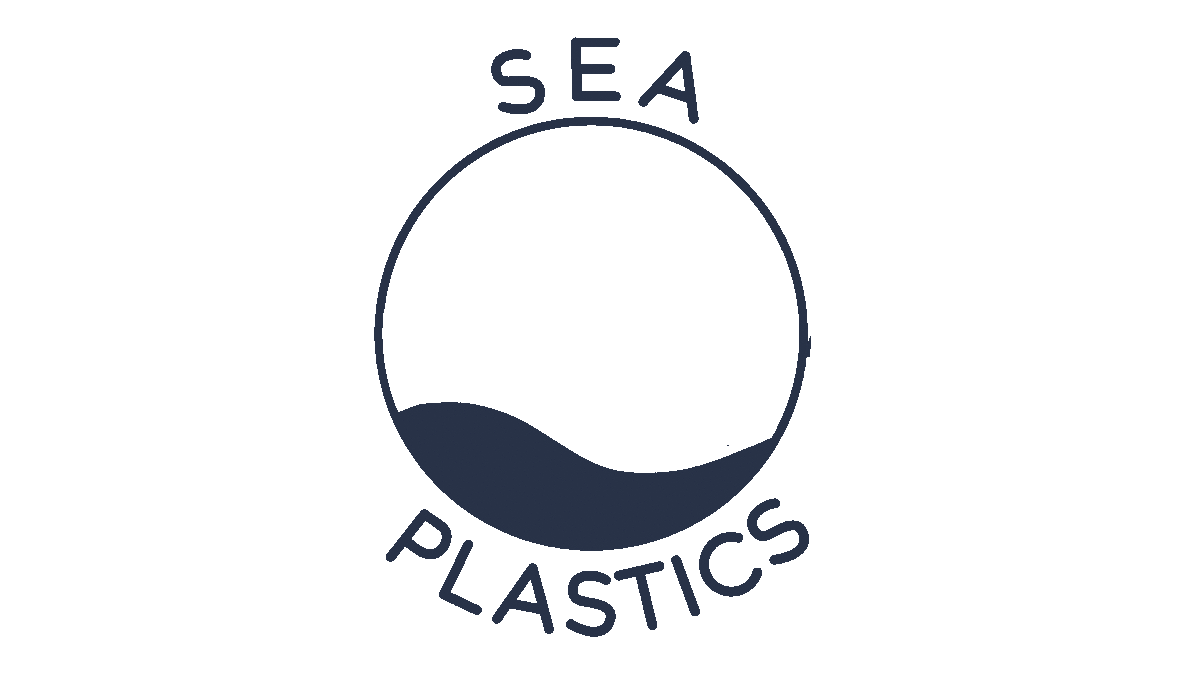Logbook of the crew 2019






Before arriving in Ostia - the closest port to Rome where we can spend the night at a reasonable price - we had time to stop at Elba and then Giglio to recover from the night navigation and enjoy the magnificent landscapes offered. by the Italian islands. The turquoise water was a real pleasure for the first swims where we were able to observe the fauna and flora. Sole, alvin, oblades, damselfish, … and even octopus and moray eels were lounging between the posidonia! These contemplations were sometimes marred by the presence of intruders. This waste of all kinds turned out to be mostly plastic. Unfortunately, despite the many existing initiatives today, the fight against this pollution is not won... Plastic is a revolutionary material but we must rethink our consumption!



After Genoa, we decided to head for Rome where we will receive the missing part of the closing net. The trip requires us to spend our first night at sea. We must therefore organize ourselves to do shifts. The wind is on our side and pushing us at 30 knots towards the South. There were between a meter and a meter fifty hollow, which impressed the less amarinated. The sun caused the wind to fall and the sea calmed down slightly during the night, allowing Perrine to sleep for at least… 20 minutes! Everyone armed themselves with their warmest and most waterproof clothes to escape the cold and the humidity. Before and after your shift, it is important to rest despite the noises of navigation. Locked up in our cabins, the life of the deck cradles our dreams and thanks to the noises and movements of the boat we can distractedly follow the maneuvers in progress...
Note: Sailors do not use the same vocabulary as motorists to designate speed. They thus quantify the speed of the boat and that of the wind with the “knots”. Thus, one knot corresponds to 1.6 miles/hour or 1.8 km/hour. A wind of 30 knots can be very impressive for freshwater sailors like us. Perrine therefore made us reduce the surface of the sails in order to calm the boat, the waves and the swell being moreover very irregular. Ah! The Mediterranean and its surprises… We are only at the beginning of our learning to sail.
Ostia and Rome
